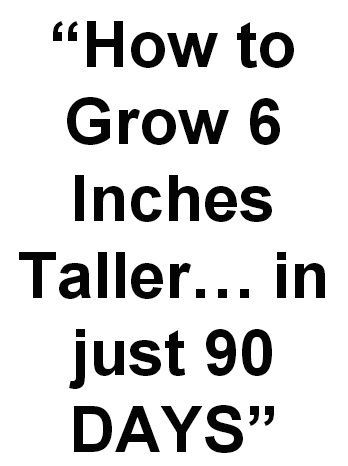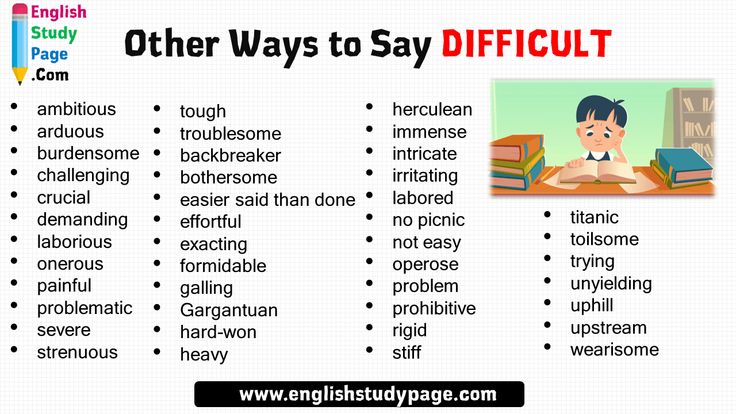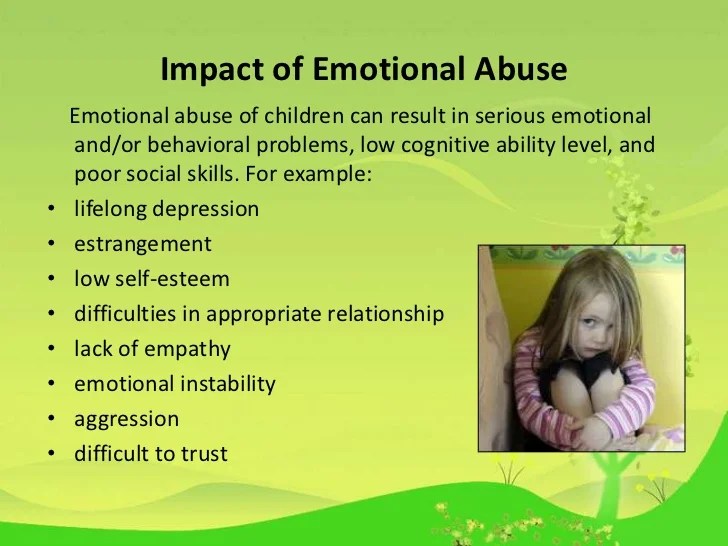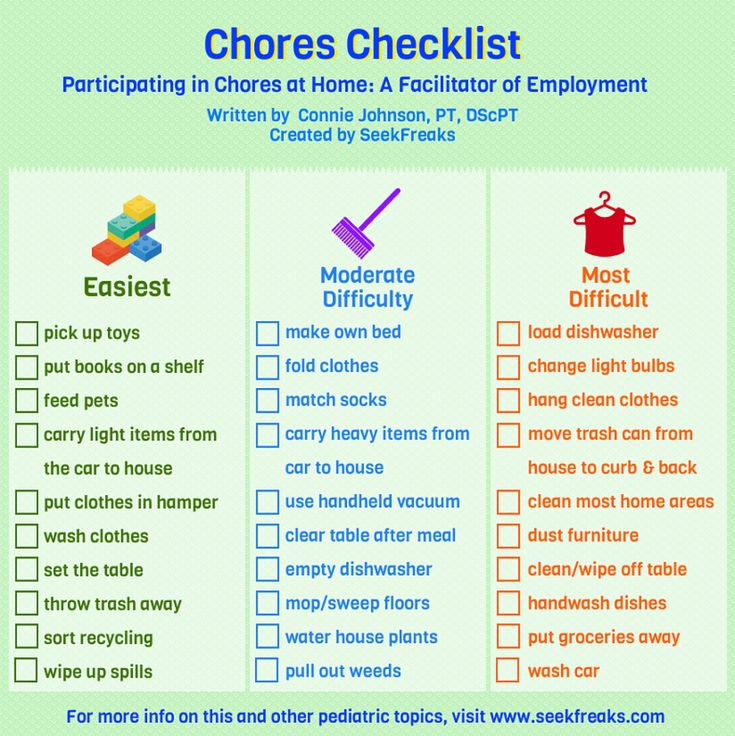How to teach my child cursive writing
Complete Instructions – The Joy of Teaching
Do you believe in the importance of teaching cursive handwriting?
If your school isn’t teaching your child contemporary or traditional cursive handwriting, you can teach him or her at home with just a little practice a day. Activities involving writing in cursive for kids are still seen as worthwhile endeavors. Many studies have demonstrated the importance of handwriting within children’s brain functions when learning. Often, children recall and retain more information when they write verses listening or typing.
Is there a specific method for learning how to teach cursive writing?
Cursive instruction is usually taught in the 3rd and 4th grades. At these grade levels, children are gaining solid skills in reading and writing comprehension. Before beginning lessons, observe your child’s fine motor skills. Make sure your child has mastered print handwriting and can identify each letter easily before introducing cursive letters.
Steps to Teaching Your Child Cursive Handwriting
Step 1: Introduce one cursive letter at a time
Think of your child as re-learning to write the alphabet one letter at a time. Each letter should be introduced slowly and practiced consistently before moving on to the next step.
Step 2: Begin with teaching lowercase cursive letters
Begin by teaching only the lowercase letters of the alphabet. Start with letters that are similar in form to print letters such as c, a, d, and g. You may also group letters together by formation patterns and difficulty. Begin with the simplest letters and end with the most difficult and infrequently used ones.
1. c, a, d, g
2. h, t, p, e, l, f, q
3. u, i, j, k, r, s
4. o, b, v, w
5. m, n, y, x, z
Step 3: Then teach uppercase cursive letters
Once the lowercase letters are mastered, begin pairing them with the uppercase version in this order.
1. A, C, O, U
2. V, W, X, Y, Z
3. P, R, B, H, K
4. N, M, J, F, T
5. I, D, L, G, S
6. E, Q
Step 4: Have your child copy simple sentences
After introducing and practicing upper- and lowercase letters, have your child start copying simple sentences. Be sure to observe and demonstrate how to connect letters together.
Here are a few examples from Daily Handwriting Practice: Contemporary Cursive:
A continent is a large landmass.
North America is north of the equator.
South America is south of the equator.
Download this free sample page from Daily Handwriting Practice: Contemporary Cursive.
Step 5: Progress to copying simple paragraphs
Copying simple and short paragraphs is the last step in learning how to write in cursive. Continual practice using many different letters is the key to mastering cursive handwriting.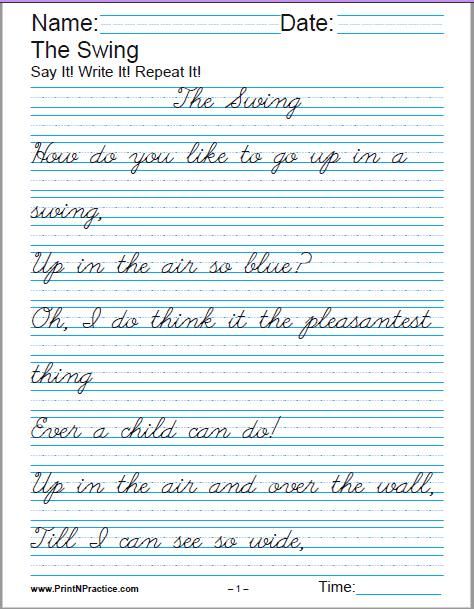
Hints for Teaching Cursive:
Teaching cursive writing to kids requires constant engagement. To ensure letters are being handwritten in cursive correctly, handwriting must be demonstrated and monitored. Don’t leave children to figure out how to connect the letters. Be sure to demonstrate and monitor letter formation and practice.
Use the correct paper. Cursive is difficult to learn on regular lined student paper. Invest in dotted lined paper (the type used in kindergarten and first grade) so children have a reference when writing lower- and uppercase letters.
Allow children to move their paper diagonally so they can create the correct slant of letters.
Some children love writing and learning cursive, while others prefer to print. It is important to let your child choose the method he or she prefers. Handwriting (whether print or cursive) aids in learning and allows students to make discoveries about themselves and how they learn best.
Hidden handwriting benefits
Both manuscript and cursive handwriting are important foundations in children’s development of thinking, language, and memory.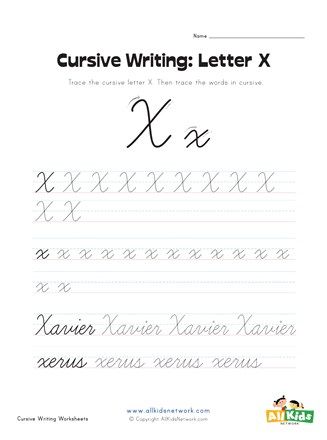 Studies have repeatedly proven that writing verses typing stimulates the connections between the right and left hemispheres of the brain in areas of memory and language. In a 2014 study from The Pen Is Mightier Than the Keyboard: Advantages of Longhand Over Laptop Note Taking, students who hand wrote their notes outperformed their typing peers on conceptual questions in three separate studies.
Studies have repeatedly proven that writing verses typing stimulates the connections between the right and left hemispheres of the brain in areas of memory and language. In a 2014 study from The Pen Is Mightier Than the Keyboard: Advantages of Longhand Over Laptop Note Taking, students who hand wrote their notes outperformed their typing peers on conceptual questions in three separate studies.
Here’s additional research on the benefits of teaching children cursive writing:
Campaign for Cursive Research
What’s Lost as Handwriting Fades
The Pen Is Mightier Than the Keyboard: Advantages of Longhand Over Laptop Note Taking
Make It Fun!
- Practice writing letters on mini whiteboards. Here’s a video to show you how to make your own whiteboard.
- Practice letter formation on a chalkboard with a wet paintbrush.
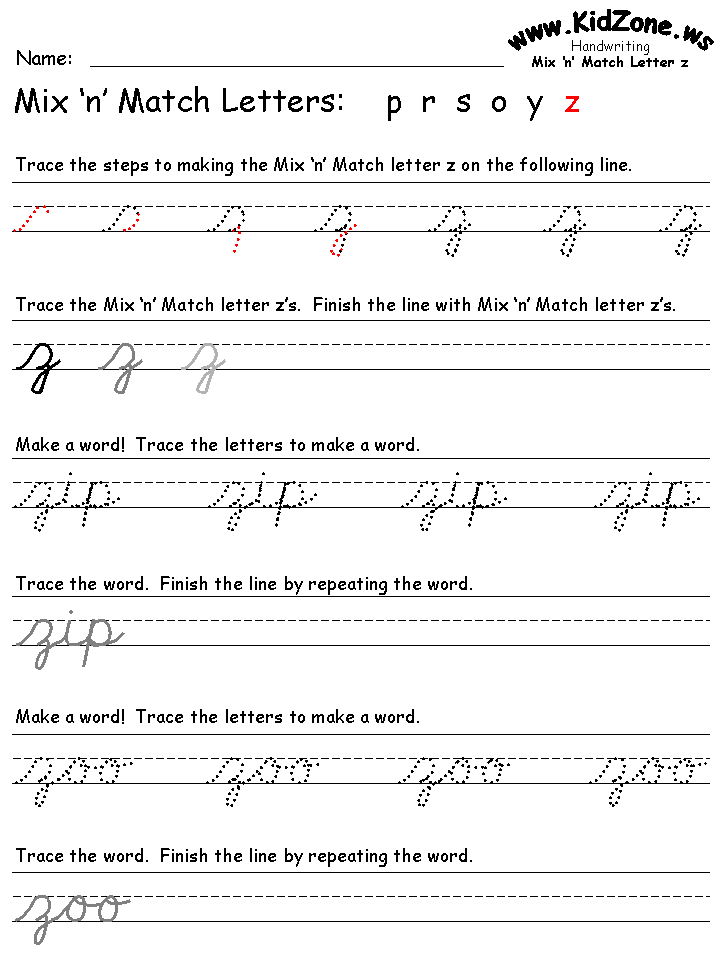
- Write with white crayons on black construction paper.
- Create textured cursive letters: write words in glue and cover them with glitter.
Easy Methods for Teaching Handwriting
If you are looking for a simple resource to teach your child cursive, check out Evan-Moor’s Daily Handwriting Practice Contemporary Cursive (available for grades K–6). Daily Handwriting Practice is available in four titles: modern manuscript, traditional manuscript, traditional cursive, and contemporary cursive. You will have ready-to-go handwriting exercises to help your child master handwriting skills in 15 minutes a day or less.
Heather Foudy is a certified elementary teacher with over 7 years’ experience as an educator and volunteer in the classroom. She enjoys creating lessons that are meaningful and creative for students. She is currently working for Evan-Moor’s marketing and communications team and enjoys building learning opportunities that are both meaningful and creative for students and teachers alike.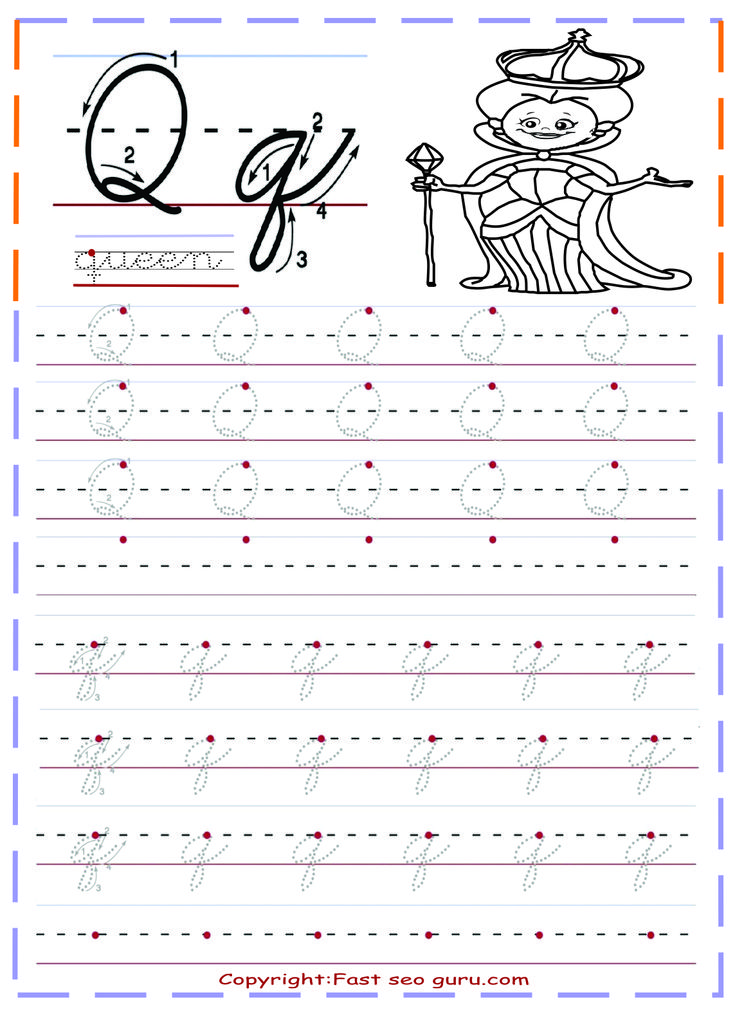
Categories: For Parents, Uncategorized | Tags: contemporary cursive, cursive, cursive instructions, cursive lessons, daily handwriting, handwriting, homeschool cursive, lowercase cursive, teach cursive, traditional cursive | Permalink
Best (+ Easiest) Way to Teach Kids Cursive
Here at Hess UnAcademy, we still believe in teaching kids how to write in cursive. That’s why today we’re sharing the best (and easiest) way to teach kids cursive.
Cursive writing is a dying art. Many schools have stopped teaching it, and even those that do may not teach it in the most effective way.
But don’t worry – you can still teach your kids how to write in cursive!
Here are the best ways to make sure your child becomes a skilled cursive writer.
This article may contain affiliate links. Please see my disclosure policy for more details.
Easy Navigation
Why is Teaching Cursive Handwriting Important?
According to Dr.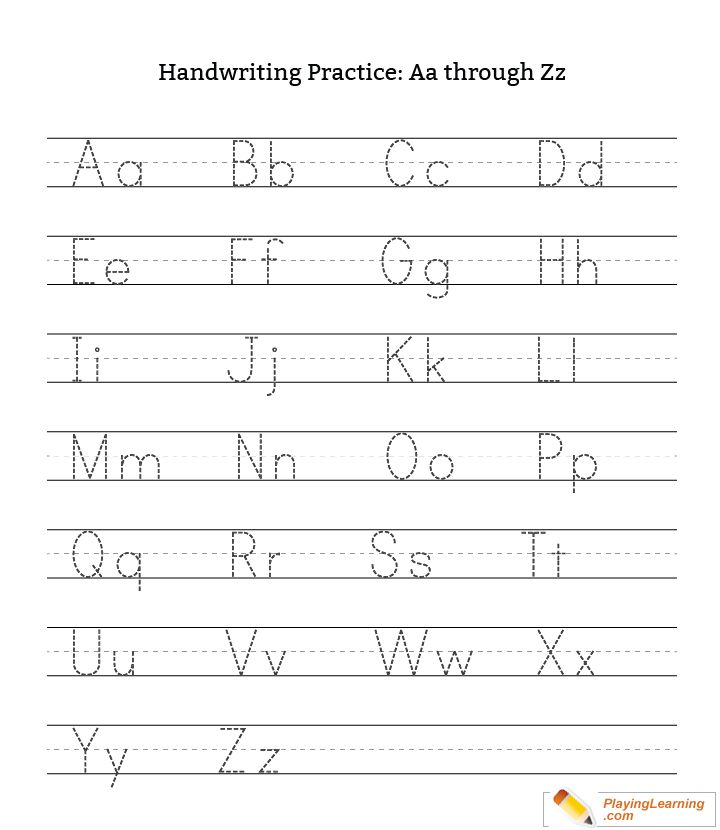 William Klemm, teaching kids cursive is akin to teaching a musical instrument.
William Klemm, teaching kids cursive is akin to teaching a musical instrument.
This is because when kids are practicing cursive handwriting, their brains are making tactile and visual inputs, all while applying fine motor skills. (Referenced at the Optometry Center for Vision Therapy.)
There are many reasons to teach kids cursive writing. Here are just a few.
Top 10 Reasons to Teach Kids Cursive Handwriting
- Faster note taking
- Ability to read everything, whether print or not
- Improved penmanship
- Higher developed fine motor skills
- Fun and productive way for visual and kinesthetic learners to adapt their lessons
- Great for overcoming dyslexia while reading and writing
- Helps the brain process information
- Improved neural connections
- Improved legibility and spelling
- Increased self-esteem
Cursive and Family History
Another great reason to teach your child cursive writing is so that they can learn more about their family history!
Family history, or genealogy, is a wonderful hobby that is growing in popularity.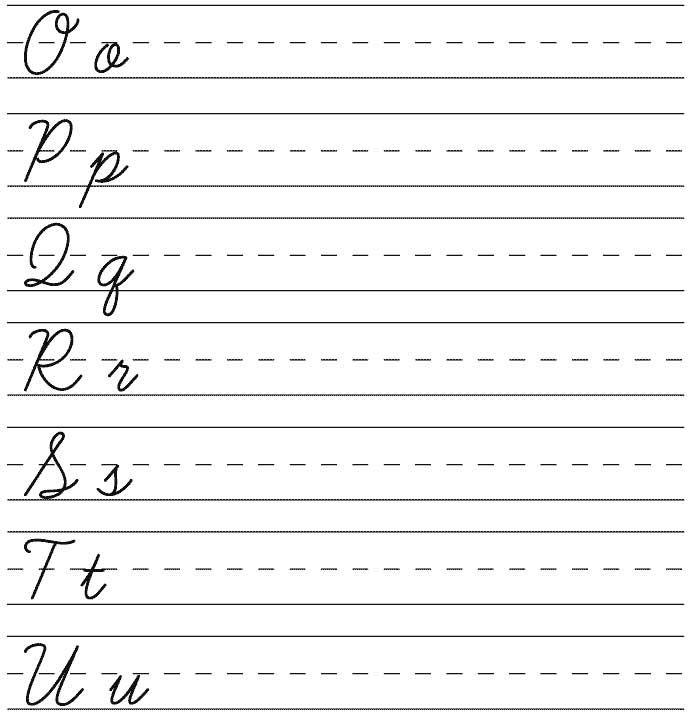 In fact, it is quickly becoming one of the most popular hobbies in the world!
In fact, it is quickly becoming one of the most popular hobbies in the world!
There are so many great reasons to participate in genealogy.
But in order to fully participate in this great activity, your kid needs to be good at reading and understanding cursive handwriting
Teaching Cursive is a Dying Art
While it’s true that learning typing and keyboarding is becoming more and more critical, that doesn’t mean the benefits that come from learning cursive should be forgotten. Typing practice just like cursive practice should be included in a child’s education.
I remember learning cursive handwriting in the third grade. I loved it!
I thought those fancy little letters were so fun. And I absolutely LOVED stringing all the letters of the alphabet together in curvy, scripted ways.
Unfortunately, many elementary schools are doing away with cursive instruction and handwriting practice.
As education standards continue to fall, it won’t be long before public schools completely do away with this skill.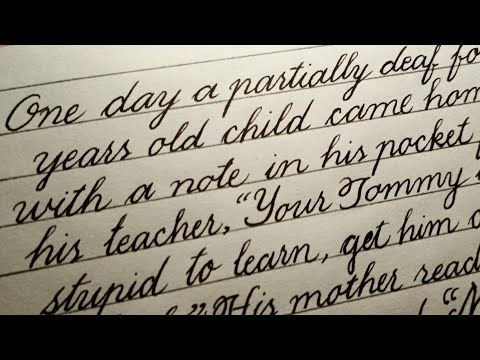 Soon only the older generations will be able to write in cursive.
Soon only the older generations will be able to write in cursive.
Them and those of us who are diligent in our homeschooling, of course.
And let’s say your kids never end up using cursive. So what! Spend a little bit of time teaching your kids cursive and call it a fun art or history project.
But wouldn’t you rather teach your children cursive and have them not use it than for them to need cursive and not understand it?
The Best (and Easiest) Way to Learn How to Teach Cursive Writing
Honestly? I think the best way to teach kids cursive is just to practice!
Once your child is a good, strong reader, you can get started teaching cursive.
Show your child uppercase letters and lowercase letters in both print and cursive. Show your child notes and advertisements that are in cursive.
My grandpa sends the kids a birthday card every year and he always writes in cursive. My kids love looking at these cursive letters and trying to figure out what he wrote.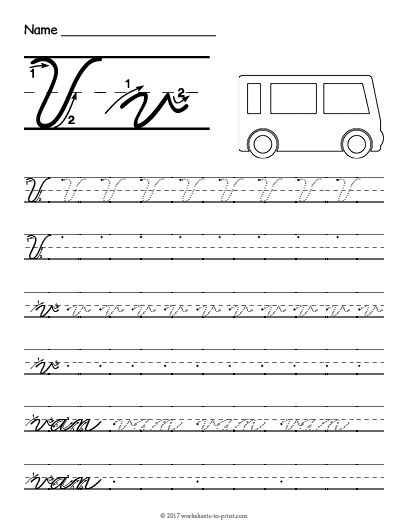
And there are plenty of store signs and other advertisements out there that write in a script font of some kind. Pull up Pinterest or go for a drive and see what you can see.
And then? Practice! Handwriting practice is really the best way to learn cursive. Practice writing letter formation, words, and short sentences. Practice using cursive writing copy work and practice using dictation.
Speaking from experience: we hate copy work over here. We usually prefer to learn through experiences and board games. But when it comes to learning cursive, I truly believe there is no better way to go.
My Favorite Paid Resource for Teaching Kids Cursive
After a fair amount of research, I ended up buying this workbook for my kids.
I looked at a lot of cursive writing workbooks and this one had the best reviews for the amount of money I was willing to spend. I bought one for each kid.
The book starts out by teaching both lowercase letters and uppercase letters in cursive.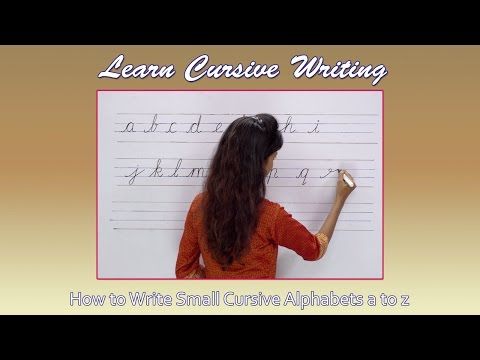 All pretty basic cursive alphabet letter formation. Your child traces the letters and then practices writing on her own.
All pretty basic cursive alphabet letter formation. Your child traces the letters and then practices writing on her own.
Then the book moves on to teaching cursive through short sentences.
This particular workbook is filled with funny jokes that your child can practice tracing and writing. I thought some jokes would shake things up a bit and make this copy work more fun.
Side note – There are also some other themed cursive writing workbooks online if you don’t like this generic option. I even saw a Pokemon one and a Harry Potter one!
UPDATE – I found this Crack The Code cursive workbook and I wish I had found it in the beginning! It’s amazing and has been really great for my younger kids (those who hadn’t had a chance to try the workbooks I bought on Amazon).
Or, another great option, my friend Christine from This Bit Of Life has a beautiful nature-themed cursive packet for kids to enjoy. They’re nicely priced, and very cute.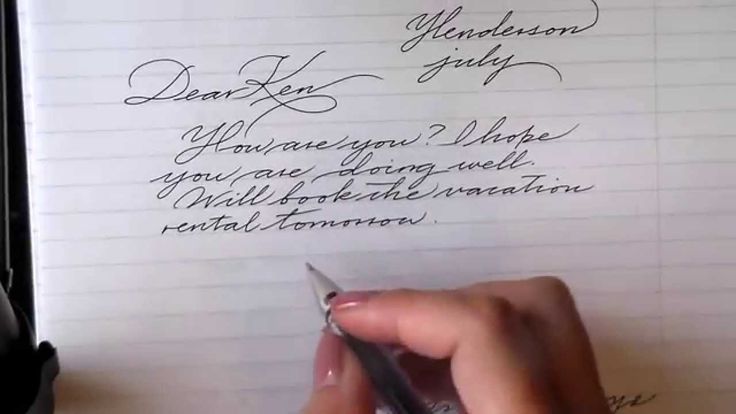 Her packet is Charlotte Mason-inspired, which adds to the wonder of this resource. And it’s an instant download, so no waiting for shipping.
Her packet is Charlotte Mason-inspired, which adds to the wonder of this resource. And it’s an instant download, so no waiting for shipping.
And finally, I’ve got a few holiday-themed cursive packets in my shop.
- Christmas Cursive Packet
- Halloween Cursive Packet
- Holiday Cursive Packet (featuring both Halloween and Christmas)
I think it’s a good idea for kids to be exposed to multiple styles of handwriting, and multiple cursive writing packets make it easy.
Every day I have the kids work in their workbook. Some days they work on one or two pages. Other days they feel ambitious and work on half a dozen pages or more.
It’s only been a few weeks and I can already see a great improvement in their understanding of cursive! They are recognizing letters and even a few words they see in the world around them.
Plus, I’m extra happy that this workbook is also encouraging proportionately sized letters and words.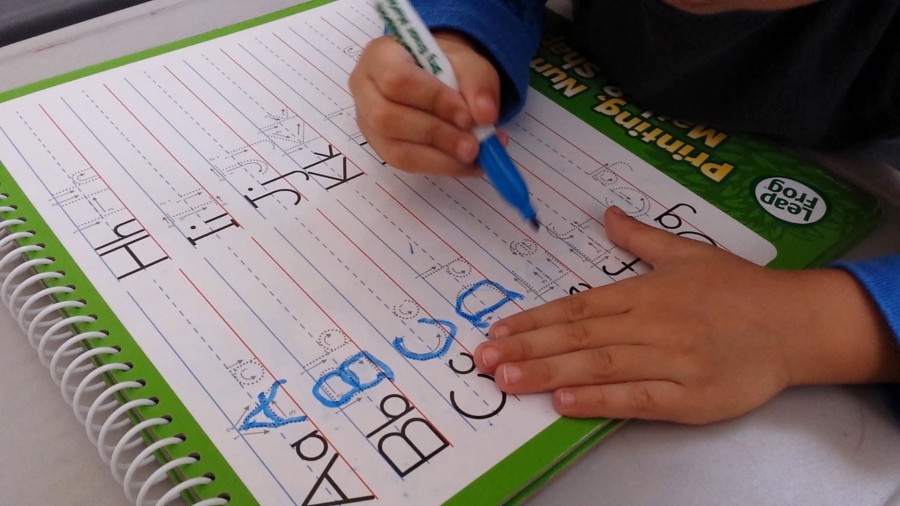 Their overall penmanship has definitely improved, which is great!
Their overall penmanship has definitely improved, which is great!
This is honestly the easiest way to teach your child cursive. It’s a very hands-off system for me and very fun and engaging for them.
Get your own cursive workbook from Amazon or from This Bit Of Life now! Trust me – you won’t regret it.
Free Cursive Writing Workbook For Learning Cursive
Or if you’re looking for a free resource (I’ve been there) take a look at these handwriting worksheets that I made!
Handwriting worksheets are a good example of fun and educational worksheets for kids to use in their homeschool studies or after they get home from their traditional school lessons.
I made a free printable cursive packet filled with cursive writing activities for my VIP Subscribers.
This packet is nowhere near as fancy and fun as the workbook mentioned above, but it’ll do the trick. And you can print it out again and again, as many times as you want!
This printable cursive packet includes 34 pages of cursive writing copy work.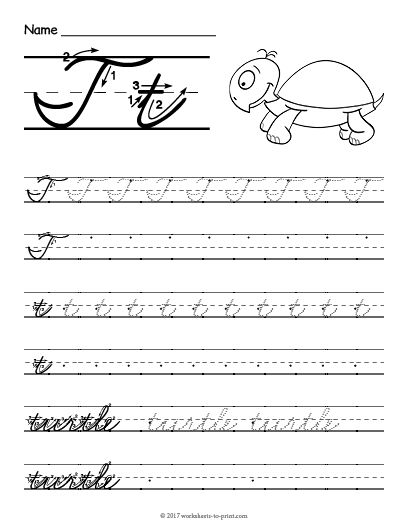
Kids learn and practice basic letter formation with each letter page.
These pages are in alphabetical order. Master the cursive alphabet with a page for each lowercase letter and a page for each uppercase letter.
After letter formation practice, there are a few pages with words and short sentences. This way your kids can get some good basic cursive handwriting practice in.
If you’re on a budget and not in the mood to spend money on yet another homeschooling resource, these free cursive worksheets are a great option.
Get Your Free Cursive Packet
And there you have it! A complete guide on how (and why) I taught my kids to write in cursive. I hope you find these resources helpful.
Enjoy, and happy learning!
Related Posts
What to do about a Bad Speller
The Best Educational Board Games
The Best Books for Homeschoolers
Like What You See? Tell Your Friends!
667 shares
How to teach a child to write quickly
And in this article, I want to share some life hacks that help me every day with my children. Having learned which, you can easily teach your children to write beautifully and quickly.
Having learned which, you can easily teach your children to write beautifully and quickly.
But first, three important rules:
First, don't forget to show your child how to hold a pen correctly.
In order to easily fix the correct position of the handle, the instruction in our short but very useful video can help you
Secondly, teach children to write letters and numbers correctly
For me, for example, it was a discovery that a number occupies half the cell and there is a slope in uppercase numbers. And I certainly didn’t know how to pronounce the spelling of numbers and why.
And in writing letters, I never paid attention to how many elements there are. However, as it turned out, in order to learn how to write, children need to explain in detail such obvious things to us. As the number of elements of the letter, and the type of connection of the letter with others.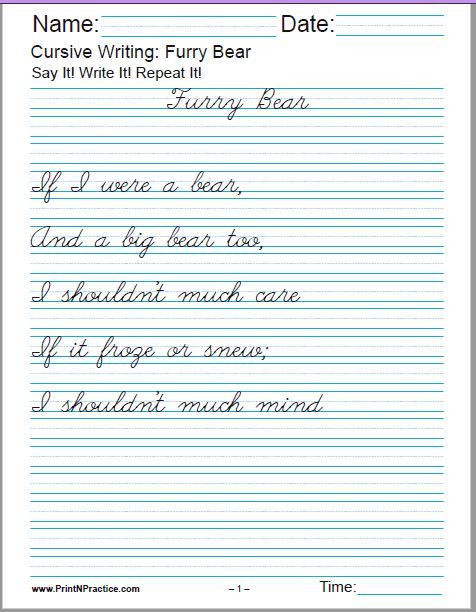
That is why at the School of Smart Children we begin to disassemble all objects from the simplest and smallest steps. So that every mom and every dad can diagnose problems and problems in children, at any stage, and easily fix them. The first thing I diagnosed was that boys write completely wrong. That is why they get it slowly, and the hand gets tired.
And, the first thing I encountered when I started “retraining children”, and what many parents face, is the unwillingness of children to repeatedly write the same number or letter, to display elements of the letter beautifully and accurately.
Unfortunately, it is impossible to learn how to write without many hours of practice.
And I have collected the best tricks that help me every day with my children
Life hack #1 Help the knight
Like most boys, my children are not diligent at all, and writing is simply boring for them! So, you need to be interested somehow.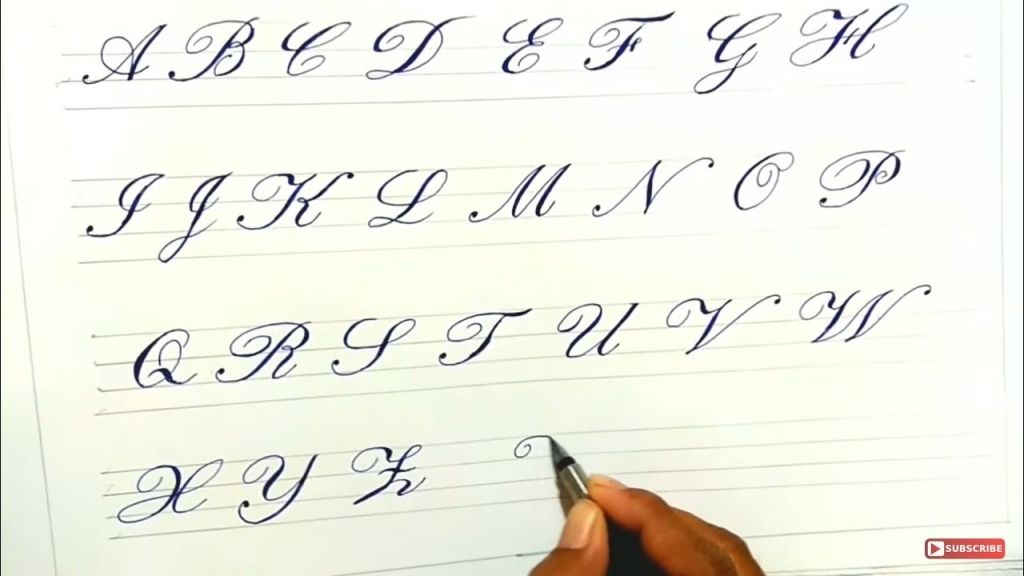 What we started to do.
What we started to do.
At the beginning of each line, I sketch a knight, and at the end of the line, a dragon that keeps the princess imprisoned in the castle. And I tell the children that in order to fight the dragon, you need to build a bridge of letters to it. Helped! Children enthusiastically began to write letters, trying to complete the bridge. And then they had to fight the dragon. So we still sometimes continue to practice writing. The crooked letter is a broken element of the bridge. So, the bridge will fall apart, and the knight will not get to the dragon ...
Lifehack #2 Diary
Once a day, the boys fill out a diary where they write one of the best events of the day and one of the worst. Sometimes only two words are written. But they write. In the diary in the margins, be sure to draw the weather (sun, cloud) and write the temperature. Then it is very interesting to review the pages.
Life hack No. 3. Tic-Tac-Toe
We play a kind of “Tic-Tac-Toe” with the boys from numbers.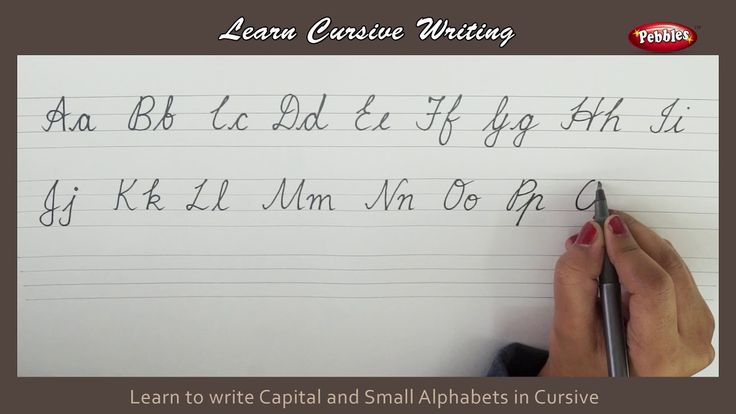 Only instead of crosses and zeros we have numbers. Sometimes the same. The ones we are currently training.
Only instead of crosses and zeros we have numbers. Sometimes the same. The ones we are currently training.
For example, triplets. I write "triples" in one color, Nikita in another. And we have a field, or 4 by 4, or even 5 by 5. It will turn out very exciting and interesting. And most importantly, after such games, the child began to write numbers much better!
Life hack No. 4. Elements of cursive writing.
Boys are very fond of inventing new letters from elements and just elements. More details in the video:
Life hack number 5. Wolf and number.
The number must occupy half of the cell. Therefore, my child, during training, having divided the cage in half, drew a “wolf” in the left half. And of course, he diligently drew a figure in the “necessary, right half”, so that, God forbid, the wolf would not eat it.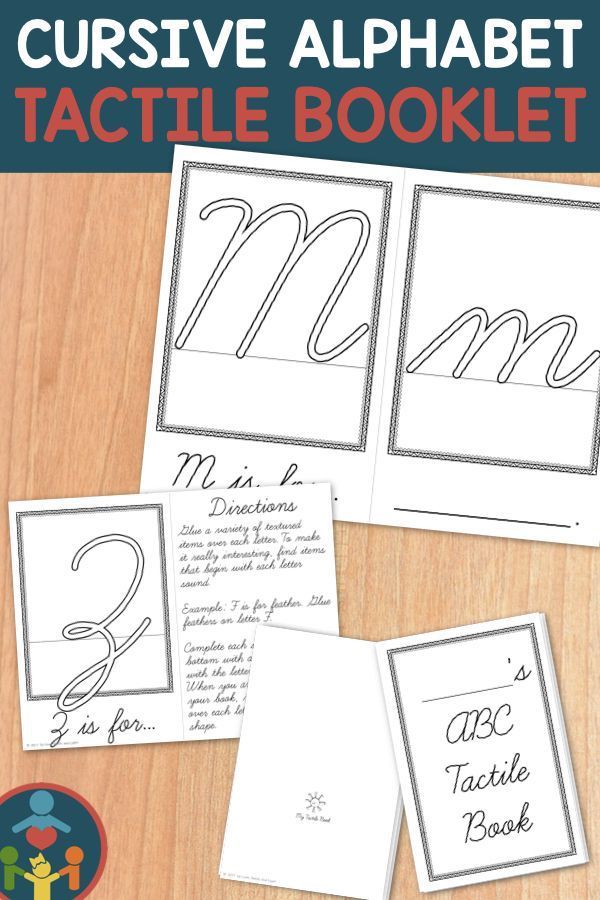 Even now, even when we can’t divide the cell in half, Nikita knows that it’s better for the tsiforka to live in a “house”, otherwise “the wolf eats”. Life hack from Nikitka turned out) But it was easier for him to understand and remember why the number should not occupy the entire cell.
Even now, even when we can’t divide the cell in half, Nikita knows that it’s better for the tsiforka to live in a “house”, otherwise “the wolf eats”. Life hack from Nikitka turned out) But it was easier for him to understand and remember why the number should not occupy the entire cell.
Lifehack #6. Water-water
The water practice of writing letters helps a lot. We take a brush and water, and on the table we begin to diligently draw a letter with water. The water dries up - and an unsuccessful experiment is in place with it. And when the water letters begin to turn out, we move on to training on the board with a marker. So, the child is not afraid of mistakes. And the training stage passes easily and without tears “I can’t do it”
Life hack number 7. Gigannumbers
Children and I often train to write numbers like this. I take turns dictating numbers, and the children write them in a row in each cell, for example: 654273292928292000298
And then we “read” what kind of giant chilo we got.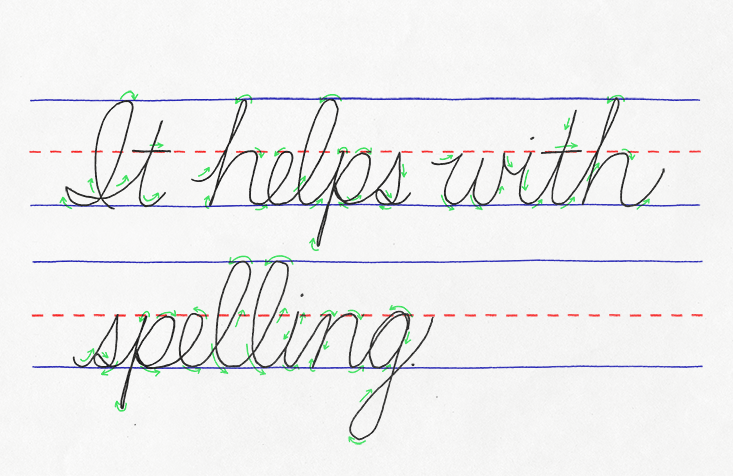 To do this, you just need to show the children what classes and ranks are, and how to read a super large number. Children are delighted! They think it's real magic.
To do this, you just need to show the children what classes and ranks are, and how to read a super large number. Children are delighted! They think it's real magic.
By the way, in the School of Smart Children you will find a surprisingly easy method, thanks to which you will learn not only to read, but even to memorize such numbers! After all, everyone can learn this!
And besides, only until October 31, when placing an order for participation in the best educational project for children and parents, you will receive the second year of study as a gift!
Join the School of Smart Kids and get TWO years, and instead of one right now you can here >>>
I hope you will definitely find something of your own among these life hacks. And what ways do you use to help your child learn and love learning? Write in the comments!
Share with other parents!
How to teach a child to write quickly
And in this article, I want to share some life hacks that help me every day with my children. Having learned which, you can easily teach your children to write beautifully and quickly.
Having learned which, you can easily teach your children to write beautifully and quickly.
But first, three important rules:
First, don't forget to show your child how to hold a pen correctly.
In order to easily fix the correct position of the pen, the instruction in our short but very useful video can help you:
Secondly, teach children to write letters and numbers correctly.
For me, for example, it was a discovery that a number occupies half of the cell and there is always a slope in uppercase numbers. And I certainly didn’t know how to pronounce the spelling of numbers and why.
And in writing letters, I never paid attention to how many elements there are. However, as it turned out, in order to learn how to write, children need to explain in detail such obvious things to us.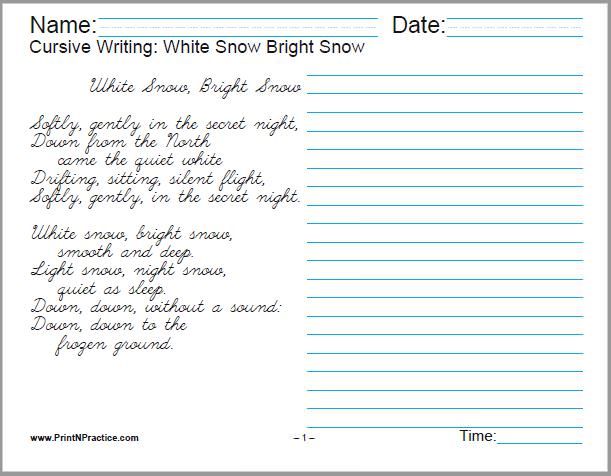
As the number of elements of the letter, and the type of connection of the letter with others.
The first thing I diagnosed was that the boys write completely wrong. That is why they get it slowly, and the hand gets tired.
And, the first thing I encountered when I started “retraining children”, and what many parents face, is the unwillingness of children to repeatedly write the same number or letter, to display elements of the letter beautifully and accurately.
Unfortunately, it is impossible to learn how to write without many hours of practice.
And I have collected the best tricks that help me every day with my children:
Lifehack #1: Help the knight.
Like most boys, my children are not diligent at all, and writing is simply boring for them! So, you need to be interested somehow. What we started to do.
At the beginning of each line, I sketch a knight, and at the end of the line, a dragon that keeps the princess imprisoned in the castle. And I tell the children that in order to fight the dragon, you need to build a bridge of letters to it.
And I tell the children that in order to fight the dragon, you need to build a bridge of letters to it.
Help! Children enthusiastically began to write letters, trying to complete the bridge. And then they had to fight the dragon. So we still sometimes continue to practice writing. The crooked letter is a broken element of the bridge. So, the bridge will fall apart, and the knight won't get to the dragon...
Lifehack #2: Diary.
Once a day, the boys fill out a diary where they write one of the best events of the day and one of the worst. Sometimes only two words are written.
But they write.
Be sure to draw the weather (sun, cloud) and write down the temperature in the diary. Then it is very interesting to review the pages.
Life hack No. 3: Cross-numbers.
From numbers we play with the boys in a kind of "Tic-tac-toe". Only instead of crosses and zeros we have numbers. Sometimes the same. The ones we are currently training.
The ones we are currently training.
For example, triplets. I write "triples" in one color, Nikita in another. And we have a field, or 4 by 4, or even 5 by 5. It will turn out very exciting and interesting. And most importantly, after such games, the child began to write numbers much better!
Life hack No. 4: Elements of cursive writing.
Boys are very fond of inventing new letters from elements and just elements. More details in the video:
Life hack No. 5: Wolf and number.
The number must occupy half of the cell. Therefore, my child, during training, having divided the cage in half, drew a “wolf” in the left half. And of course, he diligently drew a figure in the “necessary, right half”, so that, God forbid, the wolf would not eat it.
Even now, when we can't divide the cell in half, Nikita knows that it's better for the number to live in a "house", otherwise "the wolf eats". Life hack from Nikita turned out. But it was easier for him to understand and remember why the number should not occupy the entire cell.
Life hack from Nikita turned out. But it was easier for him to understand and remember why the number should not occupy the entire cell.
Lifehack #6: Water-water.
Water practice for writing letters helps a lot. We take a brush and water, and on the table we begin to diligently draw a letter with water. The water dries up - and an unsuccessful experiment is in place with it.
And when the water letters start to turn out, we move on to practice on the board with a marker. So the child is not afraid of mistakes. And the training phase passes easily and without tears “I can’t do it.”
Lifehack #7: Gigant numbers.
Children and I often practice writing numbers like this. I take turns dictating numbers, and the children write them in a row in each cell, for example: 654273292928292000298
And then we “read” what a giant number we got. To do this, you just need to show the children what classes and ranks are, and how to read a super large number.
